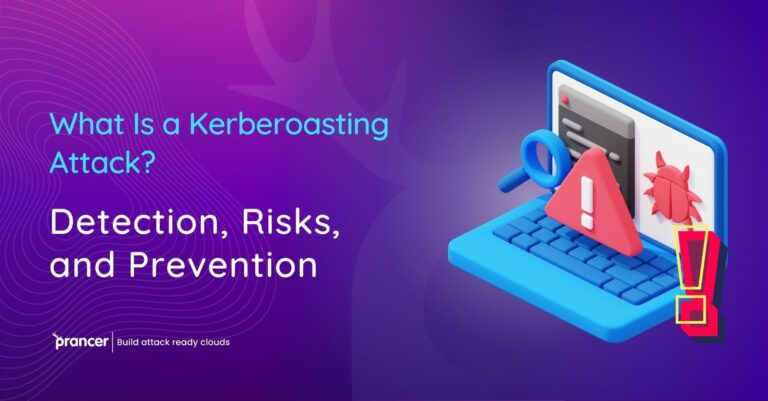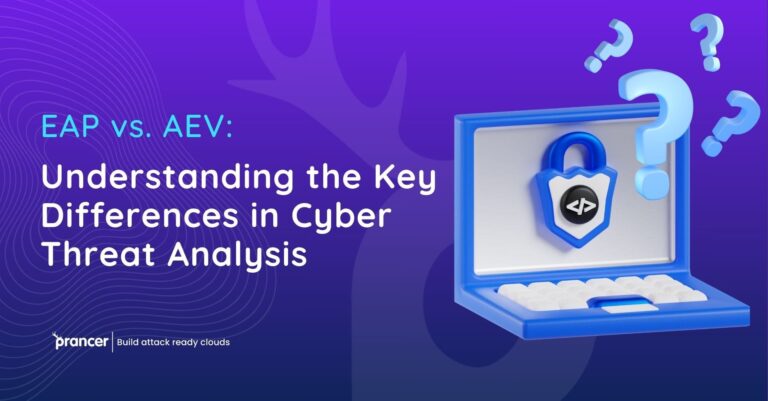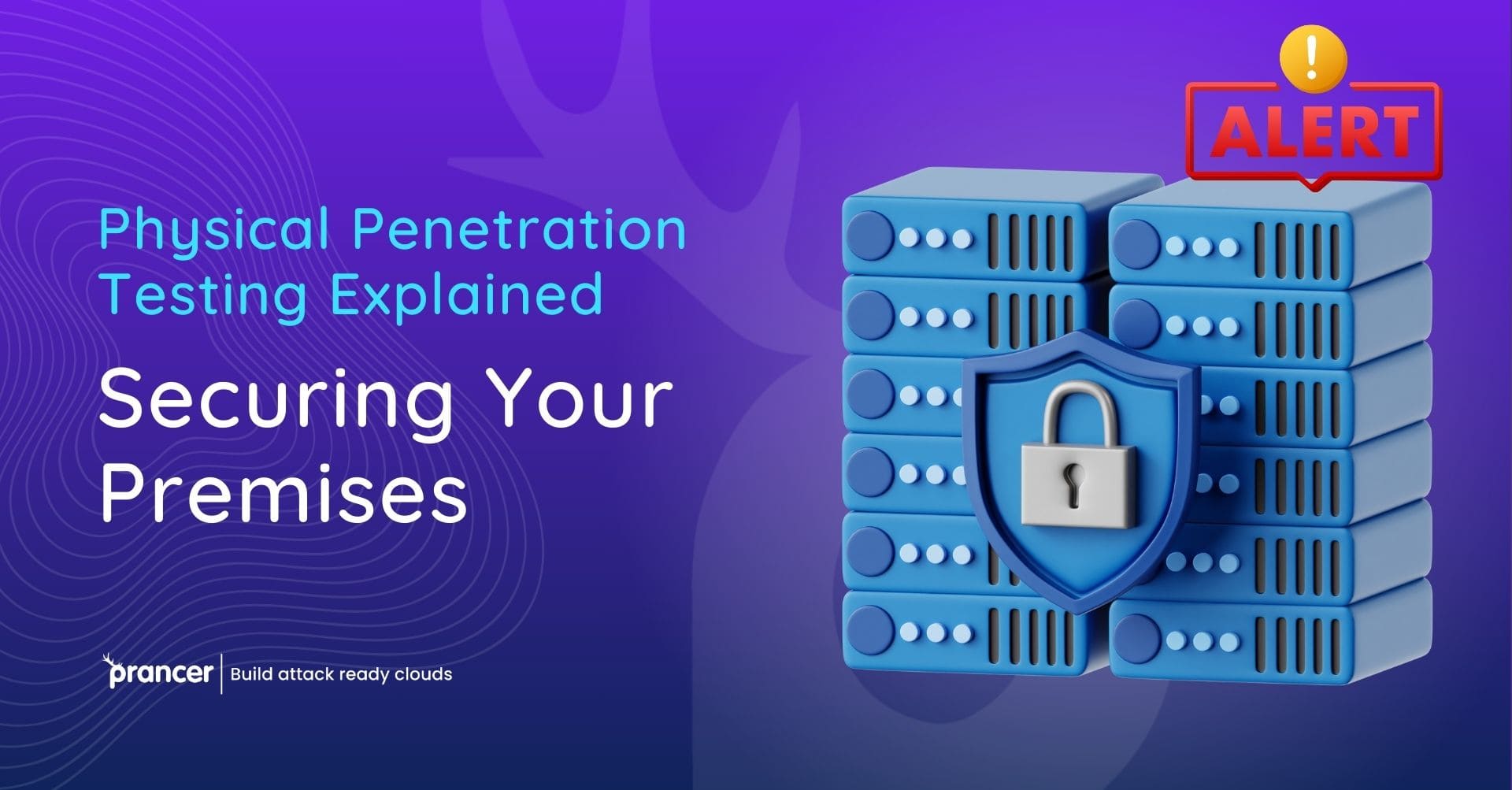In the modern world where protecting data is such a big deal, the physical security of the property in question tends to be an afterthought. But what if someone could physically violate the perimeter of your building and get a hold of your most confidential data? That is where Physical Penetration Testing comes in. This is a complete guide to the Physical Penetration Testing aimed at explaining how it can help your business avoid physical security threats. We will also discuss how Prancer, the automated pen testing software, can help you strengthen your security approach.
A New Way of Looking at the Physical Penetration Testing
It is now the norm to protect data through cyberspace security in the present world. But the physical aspect of it is no less important, and many companies fail to pay attention to it. Physical Penetration Testing is the process of impersonating actual attacks to assess the physical security standards of a premise or building. The aim is to determine the system’s weaknesses that can be taken advantage of by criminals. But, more importantly, perhaps, you may be wondering how this works and why your business should bother with it.
Why Physical Security Matters
Physical security is the first layer of protection that you place against unauthorized access to your compound. It is not merely a matter of bolting or barring doors or installing alarms; it is a matter of knowing how an intruder might force an entrance. Physical security is a good partner to your information security, it is an added layer of protection. Without it, even the protection from the latest viruses and other threats may be ineffective, if only because someone can just walk in and take the data.
Understanding Physical Penetration Testing
Well, to answer that would require a brief definition of Physical Pen Testing. It is a technique employed by security practitioners to assess the security of a structure or an establishment by trying to force an entry. It assists to determine whether your physical security has any flaws, and if there are insecure doors, windows or other openings. In this way, you can examine these vulnerabilities when it is possible to strengthen the security of your system to decrease the probability of unauthorized access.
There are several categories of physical penetration testing:
Physical Penetration Testing may come in many forms and vary with the objectives and the coverage of the exercise. Some common types include:
- Covert Testing: This type of test will be done unknown to the employees or security personnel to mimic an attack originating from insiders.
- Overt Testing: In covert testing, the personnel in charge of security are aware of the test and can therefore establish how they would contain an intrusion.
- Hybrid Testing: Covert testing with a simultaneous written report of the results and overt testing as an evaluation of all levels of prevention and response measures.
All the above test types give you a different perspective into your physical security status, giving you an idea of some of the flaws that you can make.
The Procedure of Performing a Physical Penetration Test
- Planning: State the area, object or asset to be tested to provide a clear understanding of the test’s coverage.
- Reconnaissance: Obtain data concerning the target location such as floor plan, security, and any possible points of access.
- Execution: This is done through different tools to gain access to the premises through different ways such as lock picking, following somebody into the compound, or using tricks in social engineering.
- Analysis: Review the outcomes to determine vulnerabilities in physical security and suggest their enhancement.
It makes it possible to study all the possible threats and pay sufficient attention to each of them.
Ready to see our solutions in action? Book a demo with Prancer today
Physical Penetration Testing as Applied by Prancer
As at Prancer, it is known that security is not just a matter of having technical controls in place. That is why we have Physical Penetration Testing as part of our total security service offering. Incorporated with physical testing, Prancer offers the necessary security analysis for your business through our automated penetration testing services.
Automated Penetration Testing: It also became a key component.
In the current world, with increased technological advancement, the use of automated tools helps in ascending a security threat’s discovery rate. Whereas Physical Pen Testing is concerned with physical vulnerability, there is the so-called Automated Penetration Testing which can sweep the networks for security holes. Prancer’s functions hence must complement the physical examinations in that they provide a holistic security approach.
Real-World Scenarios: In what ways does Physical Penetration testing mitigate Breaches
Suppose, for instance, an offender secures entry into your premises by pretending to be a delivery man. They could just as easily wander into restricted areas or more alarmingly, make away with valuable information. Physical Penetration Testing comes to prevent such a situation by revealing the loopholes in your security measures before the attacker can gain access to exploit them.
Best Practices for Physical Security
To ensure your premises are secure, consider implementing the following best practices: To ensure your premises are secure, consider implementing the following best practices:
- Access Control: Restrict access to certain parts of a building or premises with key cards, fingerprint scanners, and other high-tech security systems.
- Surveillance: Place security cameras to surveillance any suspicious activity in and around the premises.
- Employee Training: Instruct the employees on the measures to take on security issues and how to identify acts of security concerns.
These measures, when compounded with Physical Penetration Testing, form a good security environment.
Physical Penetration Testing as a Service: Challenges and Limitations
Even though Physical Penetration Testing has been identified as being useful in establishing the level of physical security, it has its downsides. For example, it might not include all the risks that could result in an attack, such as a hurricane or employee sabotage. Furthermore, testing can be costly, both in terms of time and money, which can be prohibitive to undertake testing effectively. However, the knowledge obtained from these tests is usually valuable for improving security and usually the benefits overcome the mentioned difficulties.
Combining Actual and Electronic Security
Security in a modern global interconnected environment is both physical and cyber. One can easily compromise the other; a breach in one area usually leads to a breach in the other. As such, incorporating Physical Penetration Testing with the cyber security framework will make it possible to better develop a defense strategy that will be comprehensive. The security solutions provided by Prancer provide security for every aspect of your business from the ground up.
how Prancer helps to improve security with the help of automated penetration testing.
This means that all of Prancer’s automated tools have been developed to work hand in hand with the Physical Penetration Testing services offered by Prancer. All our solutions are specific to your business to assess your strengths, weaknesses, opportunities, and threats to mitigate all the risks. This is because with Prancer your premises are safe.
The Future of Physical Penetration Testing
Physical Penetration testing is an ever-growing field and with these advancements in technology some of the methods applied are likely to change. It may be expected that future trends are the expansion of the application of advanced robotics, AI-based analysis, and the development of more complex test methods. Some of the above-mentioned are already being implemented, and others are already in the offing at Prancer that is improving the best security solutions for the clients.
Conclusion
Physical Penetration Testing is an important part of any security plan of an organization. In this case, it is important to avoid compromising your facility by targeting physical risks such as break-ins to prevent intrusion and or breach. Prancer’s way to include physical testing into the overall strategy along with the automated pen testing guarantees the security of your business.




